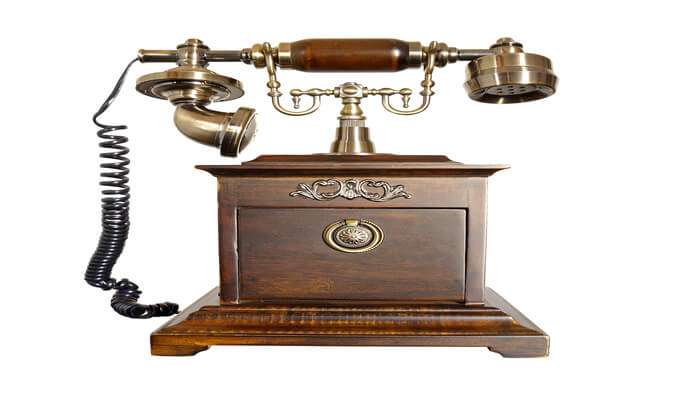
Victorian Inventions and Discoveries
Victorian era inventions and discoveries changed the way that we live forever. This was the time of Charles Darwin, Louis Pasteur, Jules Verne and many other incredible thinkers. There were some really cool discoveries that happened. Here are five important discoveries made during the Victorian era:
1870 – Discovery of Electricity
The 19th century was a time of great invention and discovery, and the use of electricity was one of the most important—and interesting—discoveries made during that period. Electricity had been discovered in the late 18th century, but it wasn’t until later that inventors figured out how to harness its power for practical purposes. Inventors used electricity to power machines such as motors and lamps; they also used it to generate heat, which led to more discoveries about how heat works.
1875 – Invention of the Telephone
The telephone, patented by Alexander Graham Bell in 1875, was a major invention that changed the world. It made it possible to communicate with people who were far away and allowed them to talk with each other. This helped people stay in touch with their friends and family members even when they were miles apart.
1876 – Invention of the Gaslight
Gaslight was a major technological innovation. It was also a major improvement on existing lighting technologies such as candlelight, oil lamps, and whale oil.
Gaslight generally uses coal gas (or natural gas) to create illumination. The gas is lighted with a match or lighter, and the flame is used to ignite the wick of the lamp or fixture from which it illuminates. The use of this new technology led to much brighter evening hours in homes across Europe and North America after its introduction in London during 1807 by Sir Goldsworthy Gurney. At that time only wealthy people could afford these improvements!
1890 – Invention of the Typewriter
The first typewriter was invented by Christopher Latham Sholes, Carlos Glidden and Samuel W. Soule in Milwaukee, Wisconsin in 1868. The device was patented on June 23rd of that year. It consisted of a keyboard with letters and numbers on it (though it did not have all of the numbers). This invention made writing faster and easier than ever before because people could type letters instead of writing them out by hand.
The design of this typewriter was based on the QWERTY keyboard layout which became the standard for typing machines after Sholes’ patent expired in 1883.
1895 – Discovery of Radioactivity
In 1895, the French physicist Henri Becquerel accidentally discovered radioactivity when he left unexposed photographic plates in a drawer near substances that emitted radiation. He was able to see the effect of this radiation on the photographs.
Becquerel’s discovery led to further work by other scientists who were interested in understanding how this process worked and what it meant for life on Earth.
Marie Curie and Pierre Curie also discovered radium and polonium, both radioactive elements. Ernest Rutherford conducted experiments with uranium ore (also called pitchblende), which made him realise that there was a relationship between atomic weight and activity level for most radioactive materials; if a mineral had more than one isotope it would have more than one atomic weight – this became known as “isotopic abundance.”
1897 – Invention of X-rays
- In 1897, German physicist Wilhelm Röntgen was experimenting with cathode ray tubes and noticed that a screen covered by black cardboard would glow when he turned on the machine. He realized that this was caused by X-rays, a form of electromagnetic radiation that could pass through solid matter.
- Today, X-rays are used in medical imaging to look inside the body without having to cut patients open. They’re also used for security screening at airports and other facilities, as well as for detecting hidden objects (like weapons).
Conclusion: Victorian Inventions and Discoveries
The Victorian era was a period of serious scientific discovery and invention, with new discoveries such as X-rays, telegraphy and photography transforming society. The era saw the emergence of inventions like the telephone and electric light bulb. With these innovations came a new fascination with electricity that would lead to even more radical developments, including computers — many decades in the future!
This was a great time for science and invention. New ideas were being created every day, and many of them turned out to be extremely useful for everyday life. Today we take for granted some things that were invented during this era, like the telephone or radio. In fact, there are so many important discoveries from this time period that it would be impossible to list all of them here!

